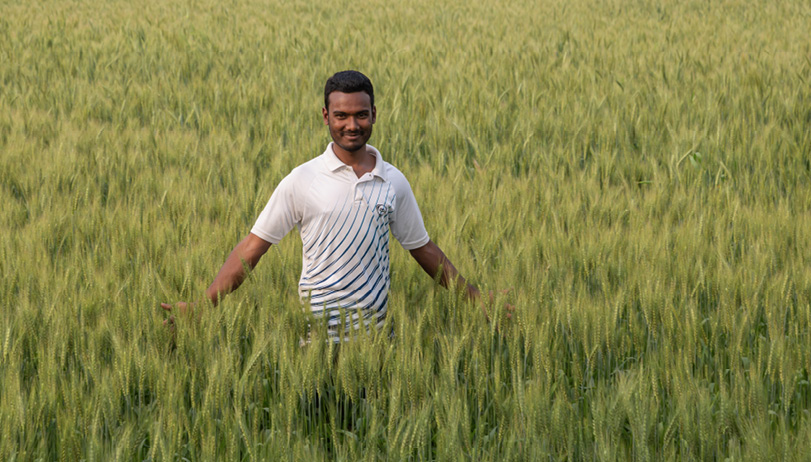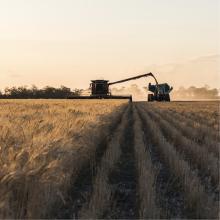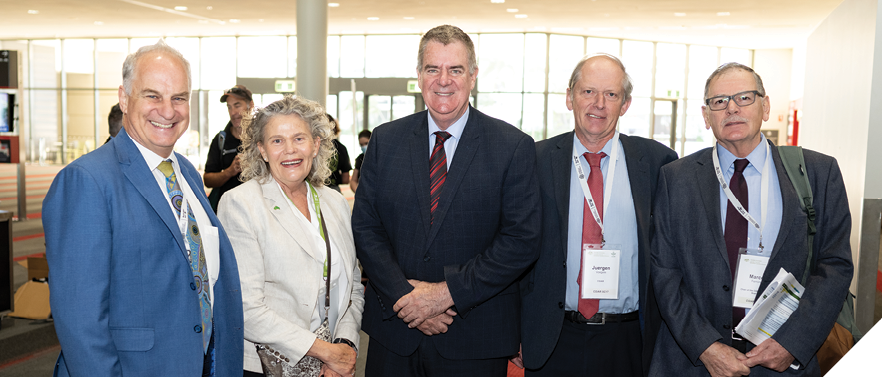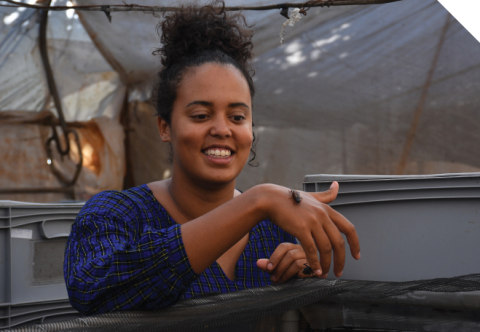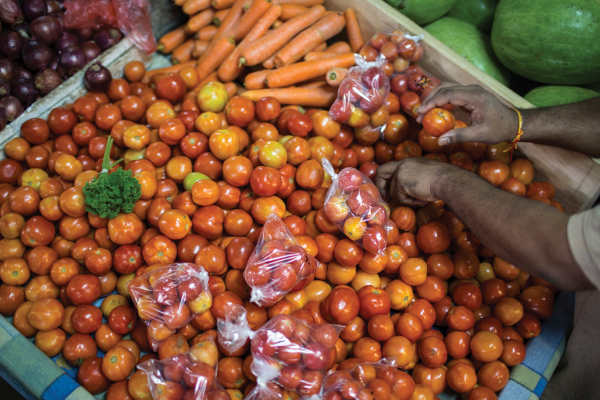CGIAR – a network of 15 international agricultural research centres – is the world’s largest agricultural innovation network dedicated to reducing rural poverty, increasing food and nutrition security for human health and improving natural resource systems and ecosystem services. The centres conduct world-class, interdisciplinary research that combines biophysical and social sciences to deliver development impact at scale. CGIAR operates on an annual budget of about US$900 million.
The origins of the international agricultural research system can be traced back to the 1940s, when the Rockefeller and Ford foundations funded two research centres, the International Maize and Wheat Improvement Center (CIMMYT) in Mexico and the International Rice Research Institute (IRRI) in the Philippines. With a rapidly increasing global population and increasing concern about global food shortages, the centres were established to focus on increasing the productivity of staple food crops, wheat and rice. Over the following decades, more centres were developed to focus on other staple crops and production systems. In 1971, the international agricultural research centres formed an international network called the Consultative Group for International Agricultural Research. The network is now known simply, and officially, as CGIAR.
Australia recognised the immense value of the research network and provided funding to CGIAR from the outset. CGIAR and ACIAR share a champion in Sir John Crawford.
Sir John was a strong advocate for the development of CGIAR, to create a global partnership of organisations engaged in research for a food-secure future. He chaired the first Technical Advisory Committee of CGIAR in the 1970s. Sir John’s experience in the CGIAR research network fuelled his vision and energy for the creation of an Australian organisation to contribute to global efforts in agricultural science to address food insecurity and poverty.
With the amendment of the ACIAR Act in 1992, the management of funding and Australia’s partnership with the CGIAR was handed to ACIAR. Under such an arrangement, and reflecting Australia’s significant financial and technical contribution to CGIAR, the ACIAR Chief Executive Officer represents Australia on the CGIAR System Council.

